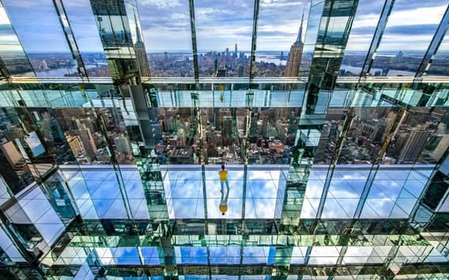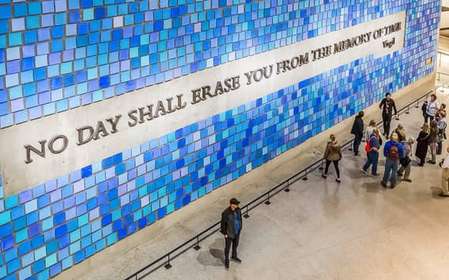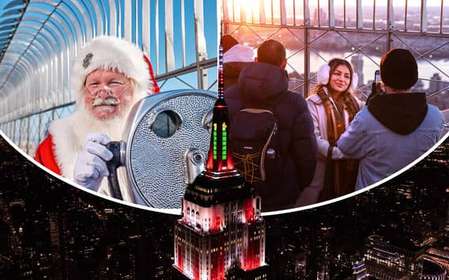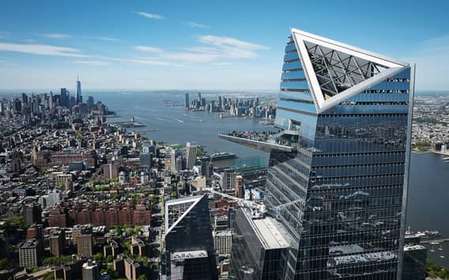- Home
- Useful Tips
- Visiting tips for the American...
Navigating the American Museum of Natural History's 45 permanent halls overwhelms even seasoned travelers. With 5 million annual visitors competing to see the iconic dinosaur fossils and Hayden Planetarium, poor planning can turn your dream visit into a stressful shuffle through crowded galleries. Families face particular challenges – a recent survey showed 67% of parents leave museums exhausted rather than enlightened, having missed key exhibits while managing tired children. The museum's vast size (1.6 million square feet) and complex ticketing options create decision fatigue before you even encounter the famous blue whale. Locals know hidden strategies for enjoying the dioramas and meteorites without shoulder-to-shoulder crowds, but these insights rarely appear in generic guidebooks.


Avoiding the worst crowds at AMNH – timing tricks that actually work
The difference between an enjoyable visit and a frustrating one often comes down to timing. While most guides suggest arriving early, locals know the sweet spot is actually weekdays after 2 PM when school groups depart. Sunday mornings surprise many as the quietest time, despite being peak hours elsewhere in NYC. Rainy days see 40% higher attendance, so check forecasts before planning. If you must visit on weekends, target the last two hours before closing when tour groups thin out. The museum stays surprisingly uncrowded during major NYC events like the Marathon or Thanksgiving Parade when tourists focus elsewhere. For Hayden Planetarium shows, the 3:30 PM weekday screenings typically have seats available when morning slots sell out.
Navigating the must-see exhibits without museum fatigue
With limited time and energy, strategic routing makes all the difference at this massive institution. Start on the 4th floor with the dinosaur fossils when your energy is highest – the Tyrannosaurus rex and Titanosaur demand full attention. Use the museum's less-crowded rear elevators to descend directly to the Hall of Ocean Life (home of the suspended blue whale) before working your way back up through mammals and human origins. The gem and meteorite rooms on the 1st floor offer natural seating areas for quick breaks. Many visitors miss the hidden Warburg Hall of New York State Environments, a peaceful oasis with stunning dioramas. For families, the Discovery Room provides hands-on relief when children grow restless, though it requires timed tickets distributed at opening.
Smart ticket options beyond basic admission
While general admission seems straightforward, nuanced choices can enhance your experience. The 'Pay-What-You-Wish' policy for New York residents (with ID) applies only at ticket counters, not online purchases. Non-residents save 15% by bundling planetarium tickets with general admission upfront. If visiting multiple NYC museums, the Culture Pass program through local libraries offers free entry. For guaranteed planetarium access without morning stress, the 2 PM combo tickets frequently have availability when morning slots disappear. Memberships pay off after just two visits and include exclusive early entry hours – a game-changer for dinosaur enthusiasts wanting unobstructed photos. Surprisingly, the museum's mobile app includes augmented reality features that bring exhibits to life, yet only 23% of visitors download it beforehand.
Local secrets for dining and nearby attractions
The museum's food courts overwhelm with lines and prices – savvy visitors pop across Central Park West to Zabar's for gourmet sandwiches eaten on the park's benches. For sit-down meals, the nearby Hungarian Pastry Shop offers affordable charm and legendary strudel. Few know the 81st Street subway station (B/C lines) features a secret museum entrance with typically shorter queues. After your visit, the adjacent Theodore Roosevelt Park provides a perfect decompression space with shaded benches. Art lovers can extend their day at the often-overlooked New-York Historical Society just two blocks south, offering quieter galleries and a delightful basement museum of toys. During summer months, the museum's outdoor food kiosks serve surprisingly good lobster rolls without indoor crowds.



